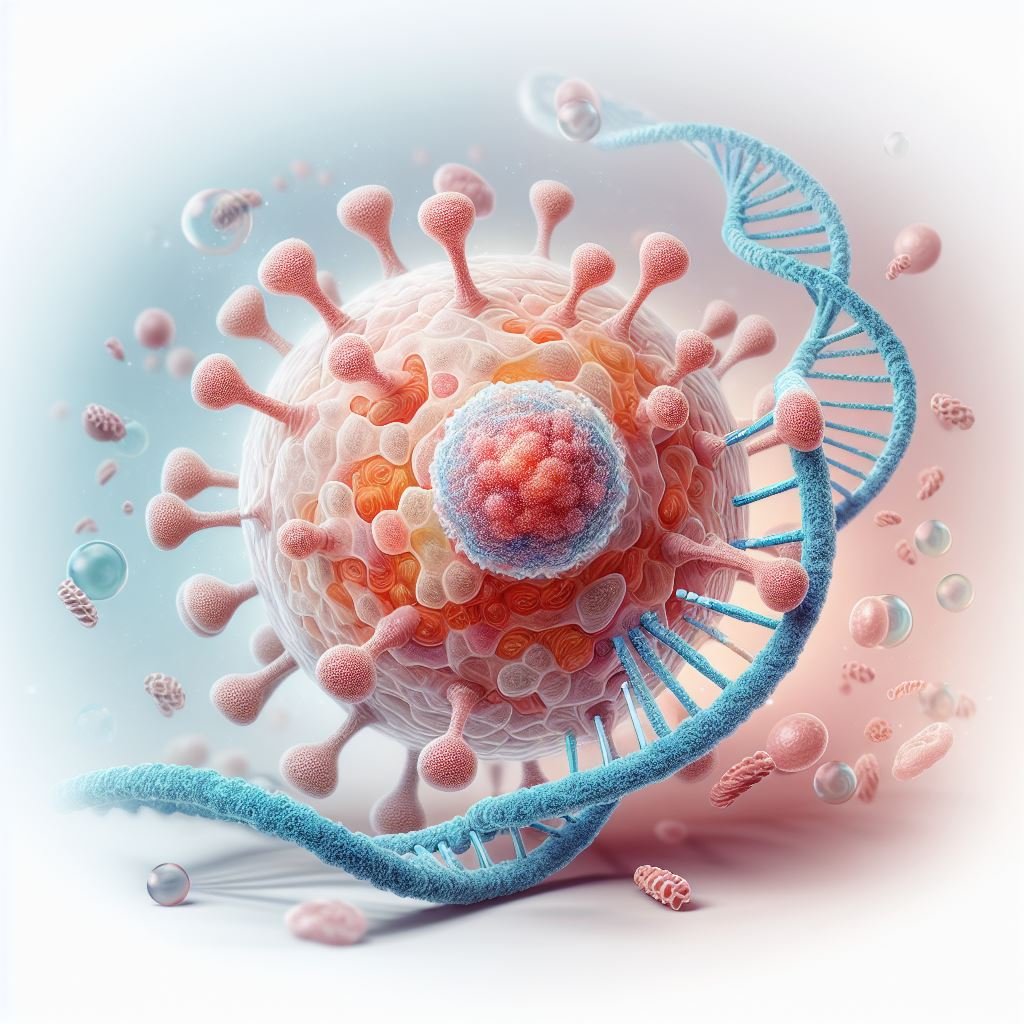
20 May 2024 The human papillomavirus
THIS ARTICLE COVERS ‘DAILY CURRENT AFFAIRS’ AND THE TOPIC DETAILS OF ”The human papillomavirus”. THIS TOPIC IS RELEVANT IN THE “Science & Technology” SECTION OF THE UPSC CSE EXAM.
Why in the News?
A study by Cancer Research UK and Queen Mary University of London shows the HPV vaccine lowers cervical cancer rates, especially in less affluent communities, marking a significant impact in England.
Key points of the study:
- The study shows the HPV vaccine reduces cervical cancer across all socio-economic levels, especially in more deprived groups.
- Researchers found that cervical cancer prevention was higher in the most deprived group due to its higher incidence rate.
- The study showed the school vaccination program significantly reduced health inequalities through effective public health measures.
- Studies have shown that, over 12 years, the HPV vaccine led to a decrease in cervical cancer rates by almost 90%.
- The occurrence of pre-cancerous conditions dropped by approximately 95%.
- These significant reductions were observed in women who were vaccinated at the ages of 12 to 13 in England.
- The study shows the vaccine is much more effective when given to children 12-13 years old than later in life.
What is human papillomavirus?
- Human Papillomavirus (HPV) is a group of related viruses that can infect human skin and mucous membranes. There are over 200 types of HPV, and they are categorised into low-risk and high-risk types based on their association with certain health conditions. The HPV virus causes more than 95% of cervical cancer.
- It is the most common sexually transmitted infection (STI) globally. It can be transmitted through skin-to-skin contact.
- Most individuals don’t show symptoms after infection and remain unaware of the virus’s presence. In most cases, the immune system can detect and eliminate HPV. However, when the virus persists in the body over an extended period, it has the potential to lead to cancer.
- Preventing diseases related to HPV, such as cervical cancer, is possible through vaccination and safe sex practices.

About Cervical Cancer:
Cervical cancer is a type of cancer that occurs in the cells of the cervix, which is the lower part of the uterus that connects to the vagina. In a small percentage of people, the virus survives for years, contributing to the process that causes some cervical cells to become cancer cells. It is one of the most common cancers affecting women worldwide.
The leading cause of cervical cancer is infection with certain types of human papillomavirus (HPV), which is a common sexually transmitted infection. While most individuals who are sexually active may contract HPV at some stage, often, the body’s immune system successfully eradicates the virus without leading to any health issues. Nonetheless, there are cases where the infection does not get cleared and instead causes gradual alterations in the cells of the cervix, which may ultimately progress into cancer. There are several risk factors for cervical cancer, including:
- HPV infection: Certain strains of HPV, particularly high-risk types such as HPV 16 and 18, are strongly associated with cervical cancer.
- Sexual activity: Early age at first sexual intercourse, multiple sexual partners, and having a partner with multiple sexual partners increase the risk of HPV infection and, subsequently, cervical cancer.
- Smoking: Smoking tobacco increases the risk of cervical cancer, possibly due to the harmful substances in tobacco smoke affecting the cells of the cervix.
- Weakened immune system: Conditions or medications that weaken the immune system, such as HIV infection or immunosuppressive drugs, can increase the risk of HPV persistence and cervical cancer.
- Not getting screened regularly: Regular screening with Pap smears or HPV tests can detect precancerous changes in the cervix, allowing for early treatment and prevention of cancer.
Globally, cervical cancer ranks as the second most prevalent type of cancer and is the second leading cause of cancer-related deaths among women aged 15 to 44. The International Agency for Research on Cancer (IARC) of the World Health Organization reports that India bears about 20% of the worldwide incidence of this disease. Annually, India sees around 123,000 new cases and suffers close to 67,000 fatalities due to cervical cancer, translating to a loss of one woman every eight minutes.
CERVAVAC, India’s first indigenously developed cervical cancer vaccine by the Serum Institute of India, is a quadrivalent vaccine targeting four HPV types. It is based on VLP (virus-like particles), similar to the hepatitis B vaccine, and protects by generating antibodies against the HPV protein. The VLP approach stimulates an immune response from the body, resulting in the production of antibodies.
In the initial stages, cervical cancer might not show any symptoms, emphasising the importance of routine check-ups. However, as cancer progresses, symptoms may include Abnormal vaginal bleeding, such as bleeding between periods, after sex, or after menopause. Pelvic pain or pain during intercourse. Unusual vaginal discharge that may be bloody, watery, or foul-smelling.
Treatment options for cervical cancer depend on factors such as the stage of the cancer, the woman’s age and overall health, and her preferences. Treatment may include surgery, radiation therapy, chemotherapy, or a combination.
Prevention is also a key aspect of managing cervical cancer. This includes:
- Vaccination: HPV vaccines are available to protect against certain high-risk strains of the virus. Vaccination is recommended for adolescents, ideally before they become sexually active.
- Safe sex practices: Using condoms during sexual activity can reduce the risk of HPV transmission.
- Regular screening: Pap smears or HPV tests are essential for early detection of precancerous changes in the cervix, allowing for timely intervention and treatment.
Download Yojna daily current affairs eng med 20th May 2024
Prelims Practice Question:
Q. Consider the following statements:
- Cervical Cancer is mainly caused by long-term infection with particular forms of Human Papillomavirus (HPV).
- The Human Papillomavirus can spread through skin-to-skin contact.
Which of the statement(s) given above is/are correct?
(a) 1 only
(b) 2 only
(c) Both 1 and 2
(d) Neither 1 nor 2
ANSWER: C
Mains Practice Question:
Q. What is cervical cancer, and how does it develop? Discuss the latest research and developments in the treatment of cervical cancer.
I have the experience to guide and write the content for the UPSC, and PCS Aspirants in preparing for the Civil Service Exam. Currently Working as a content developer in Yojna IAS.


No Comments